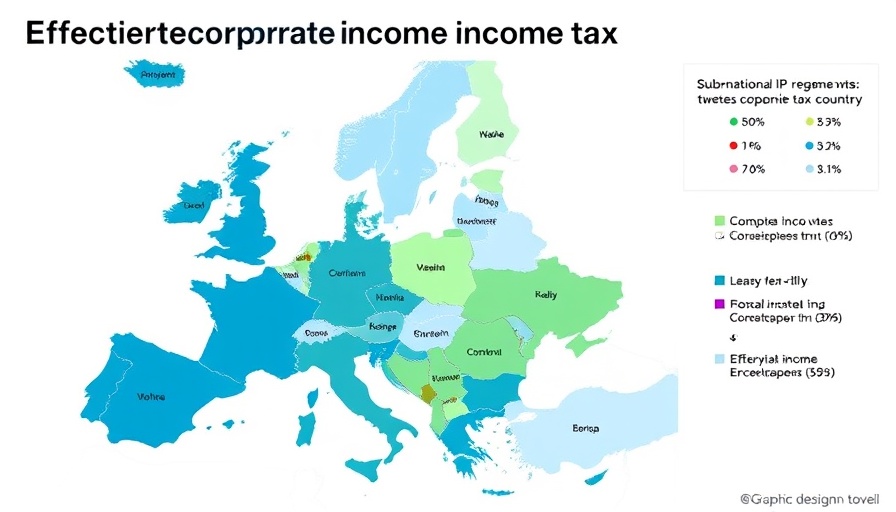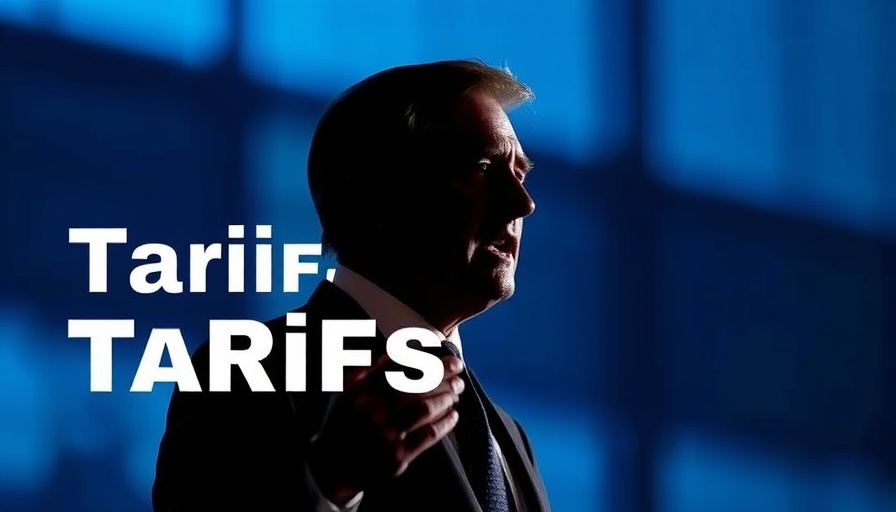
Understanding the Balance: Tariffs vs. Tax Cuts
As small to medium businesses navigate the complexities of the current economic landscape, one major concern stands out: how President Trump's tariffs could significantly diminish the benefits of the recently approved One Big Beautiful Bill Act (OBBBA). Just as the OBBBA aimed to make permanent the tax cuts established by the 2017 Tax Cuts and Jobs Act (TCJA), the surge in tariffs threatens to undermine these very advantages.
The Impact of Tariffs on Economic Growth
The sheer scale of tariffs being imposed — over 70 percent of U.S. imports face increased taxes such as a steep 20 percent on imports from China — raises questions about their long-term effects on GDP and overall economic performance. While the OBBBA is projected to boost the long-run GDP by 1.2 percent, the tariffs alone could result in a 0.8 percent reduction in GDP before considering any retaliatory actions from other countries. Therefore, there's a clear indication that the tariffs could offset much of the anticipated growth from the tax cuts.
Future Economic Predictions: A Watchful Eye
Looking ahead, economists warn of an impending economic slowdown that could arise if these tariffs remain permanent. They predict that long-run reductions in GDP could translate into significant capital stock losses, affecting hours worked and employment opportunities for many. This prediction should be taken seriously by CPAs and business leaders as they strategize to mitigate these potential impacts.
Revenue Generation vs. Economic Health
While the tariffs promise to raise substantial revenue — an estimated $2.1 trillion from 2025 to 2034 — it's crucial to weigh this against the projected economic decline. The contrast is stark: while tariffs may inflate government revenue superficially, they simultaneously impose burdens on small businesses and consumers, leading to higher costs and reduced purchasing power.
Decisions for Business Leaders
For CPAs and business owners, these developments signal a need for strategic reevaluation. It's essential to understand the potential risks and prepare for coping strategies that could involve adjusting pricing models, reevaluating supply chains, or even lobbying for tariff reforms. This knowledge not only empowers businesses but positions them better for future challenges.
The Emotional Toll on Small Businesses
While the macroeconomic implications play a significant role, we must not discount the emotional distress that small to medium businesses feel in times of uncertainty. The prospect of increased operational costs and decreased margins leads to anxiety among business owners who must make difficult decisions that can affect livelihoods.
What You Can Do
Staying informed and adaptive is key. Engage with fellow business owners and CPAs to share insights and strategies for navigating the complexities introduced by these tariffs. Develop a proactive plan that includes exploring alternative markets, optimizing operations, and possibly taking advantage of any available governmental relief programs.
In a climate rife with rapid economic changes, it’s more important than ever to foster resilience in your business strategies. Understanding how tariffs interact with recent tax cuts can help inform vital business decisions and ultimately shape the pathway for future growth.
To gain a deeper understanding of how these shifts could impact your business directly, consider attending local workshops or webinars focused on economic adaptation strategies.
 Add Row
Add Row  Add
Add 




Write A Comment